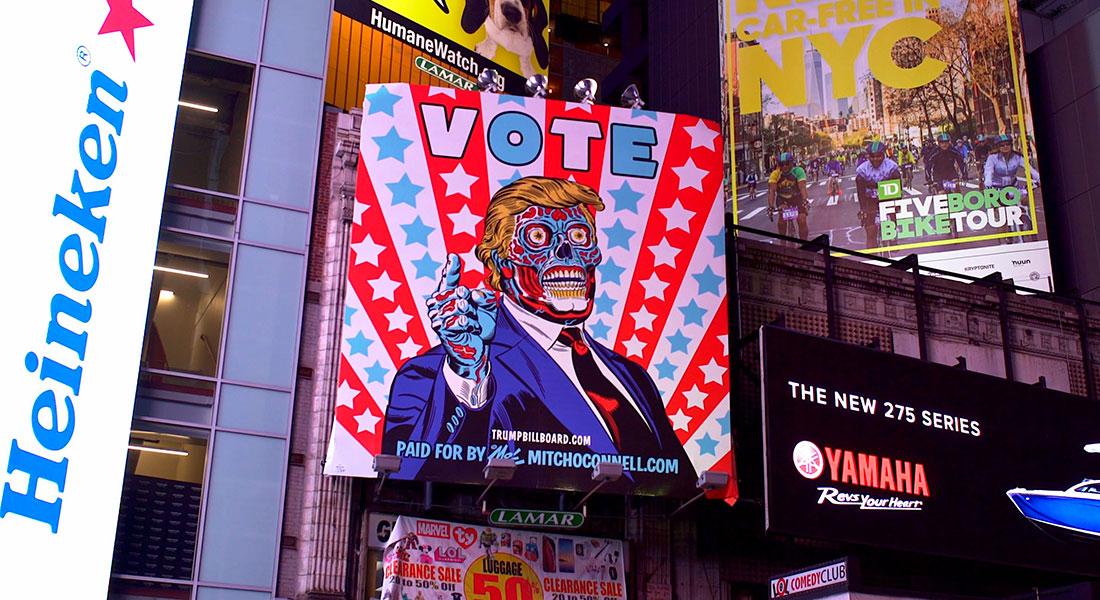
Archives: Filmes


Nearly a decade after his last film, Sembène directs here the first of a planned trilogy about the daily heroism of the African woman. Faat Kiné is a single mum in a modern Dakar, full of contradictions and hopes of change. She lives with her two children, of two ex-husbands, having to deal not only with the social pressure of her condition, but also fight for the professional goals in a world dominated by the patriarchal condition.
This film is not in English and does not have subtitles in English.


Ana lives in Paris but every summer she goes to a small village called Bustarenga in the interior of Portugal. She is 36 years old and single. What follows is a reflection on finding love through the lens and precepts of women in the village. Ana, wearing a yellow dress in the middle of the green landscape of this mountainous village, searches for prince charming. (Rui Mendes)

Maybe Sembène’s masterpiece and one of cinema’s most intense condemnations of colonialism. At the end of WWII, Senegalese soldiers are coming home from Europe and placed in Thiaroye’s military camp. Given the poor conditions they are kept and also the cut in severance pay, the soldiers revolt. The tragedy happens with their massacre at the hands of the French army. Winner of the jury special grand prize in Venice.
This film is not in English and does not have subtitles in English.

And on his third short Francisco Valente exchanges Lisbon for New York, fiction for documentary, love for… No, one doesn’t exchange love for anything. But setting it aside for a while now, Valente winks at John Carpenter’s They Live, and with renewed robustness and a rigorous gaze films the city that never sleeps taken by a virus. Or is it two? When the night falls Moon River comforts us. A promise lingers in the air that everything will be all right, somewhere in the future. Skyscrapers will be there to witness to it. (Ana David)

This film is not in English and does not have subtitles in English.

—
Cemetery follows the path of Nga, a Sri Lankan elephant who begins a journey to the sacred elephant cemetery, as planet Earth collapses at the hand of natural catastrophes. In a slow-motion adventure, nature ceases to be the backdrop of human life, and becomes the sensitive, thinking entity that communicates through the sound and visual matter of the film. The radio reports that a violent earthquake has devastated Asia, killing thousands of people. From here, the film begins a three-part journey towards a cosmological understanding of space after the calamity and the consequent extinction of species. Finding the elephant cemetery, plunging into darkness, means starting a kind of rebirth. Themes such as death, reincarnation, immortality are addressed, but also memory, colonialism and the collapse of civilization.
Cemetery is an odyssey about the unknown, the unexplored, this elephant cemetery – perhaps a kind of shangri la. (Inês Lima Torres)

In a low-cost housing complex in the north of England, children spend most of their time on the street, growing up together and learning to face the adversities of a life of exclusion. In this portrait of childhood there are no adults and the rules are defined by other hierarchies. There is no restraint in joy or revolt. A childhood on the edge that does not anticipate a better future. (Margarida Moz)


Based on the works by Dennis Oppenheim, Lygia Clark and Joan Jonas, the film recounts the experience of an experimental film teacher with a female student, interested in performing for the camera. A sweet voice describes and analyzes the result of the exercises, going through a critical history of the beginnings of video performance. Everything becomes more complex when the gestures themselves become a sophisticated metaphor for interpersonal relationships, the teaching of the arts, parenting, alterity and the very act of seeing and … of being. (Ricardo Vieira Lisboa)


A small shadow play. The family directs the director. The filmmaker turned projection screen reveals us, through cinema, the relationship with her family. Person and shadow, shot reverse shot, the surrounding everyday moulds us and, in turn, burns and transforms.

In “Corte”, the Rapazote twins send the traditional historic film to a place where the sun doesn’t shine. A royal palace intrigue, a “whodunnit”, a masterfully directed set of actors, a very well-written script and a hats-off to the dialogues. The duo does everything well, risking being a very serious case in Portuguese cinema. For more than 10 years, whoever paid attention to filmmakers from ESTC knows that the future of Portuguese cinema is theirs. And these reckless twins from Viseu turn the impossible into their normality. (Miguel Valverde)

—
Within seconds, a cloud crosses a field of daisies. The spring image is startled by the passage of darkness. So brief, so fleeting, so insignificant. It is in this passage that a 16mm poem is formed. (Margarida Moz)


—
Douma is a city in Syria, near Damascus, which we often see in the news due to frequent bombings. More than the bang of the bombs, what shudders in this film is our interior. We see the trivialization of bombing for people living in Douma. The way it is normal for them that day to day, what they do in the waiting times between two attacks and the way they face and relativize the whole situation. Filmed in the first person, this film moves away from war reporting. Here everything is more raw, more skin-deep, more urgent. (Carlos Ramos)